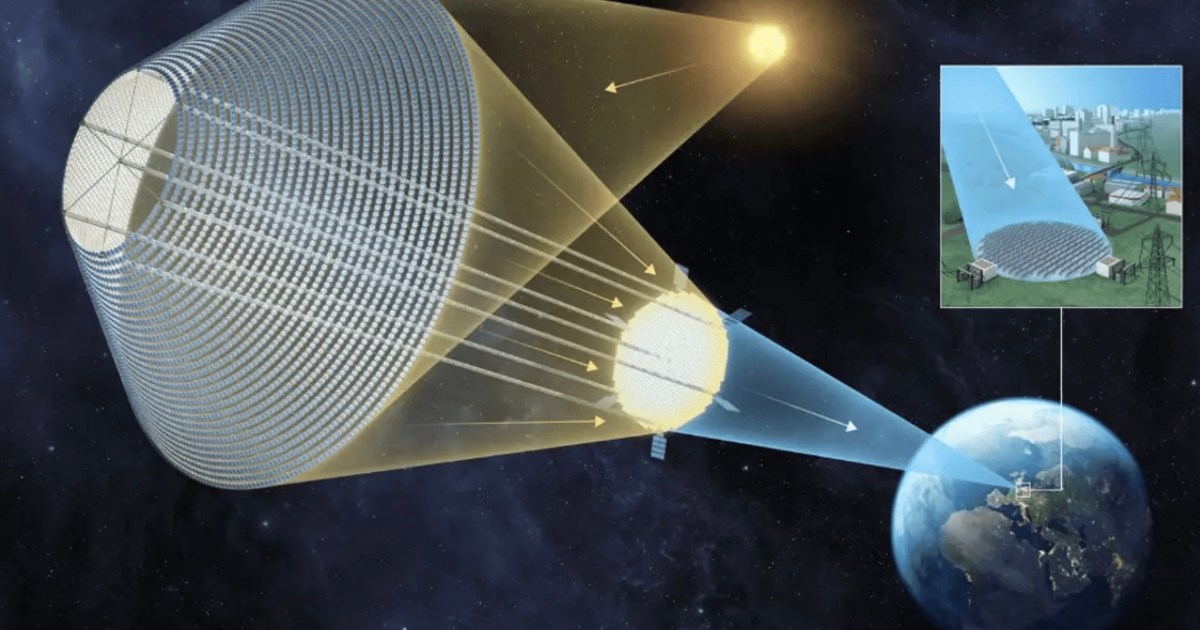Internet beamed from satellites is slowly going mainstream. Just a week ago, T-Mobile announced that its T-Satellite service now supports Google Maps, WhatsApp, X, and a bunch of other apps. AT&T and Verizon are already in line, while SpaceX and Amazon are also pushingn their respective satellite communication projects. Now, a US-based startup wants to go a step further and beam sunlight in dark hours, for a price.
The tall promise
A California-based startup named Reflect Orbital recently sought a license from the US Federal Communications Commission (FCC) to launch a test satellite that will reflect sunlight on demand at any requested location. The idea is to create a constellation of nearly 4,000 satellites by 2030 that will act like giant mirrors in space.
Why, you might ask? Sunlight is a virtually unlimited and green source of energy, but the company is focused on farms and facilities that rely on solar power to operate. “Continuous, reliable access to energy, day or night, to increase power generation,” it promises on the website.
Reflect Orbital says the satellite system providing sunlight beams in the dark can be dispatched within minutes, and it enables a source of power that can be deployed globally, even in the most difficult-to-reach regions. Of course, it will reduce the reliance on fossil fuels for energy, which comes with the well-known risk of serious pollution.
The big backlash
On the surface, the plan to beam sunlight at night so that farms can keep running sounds benign. After all, it isn’t too different from solar panels that trap the Sun’s energy during the day. However, the science community has expressed deep concerns about any such projects and notes that the “consequences would be dire.”
You see, light pollution is already a huge problem for astronomical observations, and the injection of satellites into orbit for commercial projects is only worsening the problem. “Illuminating the ground at night with 4,000 bright satellites of this kind is potentially ruinous to state-of-the-art, ground-based optical astronomy,” Anthony Tyson, chief scientist of the Rubin Observatory, was quoted as saying by Bloomberg.
According to an analysis by scientists, the patch of sunlight beamed by one satellite would cover an area of at least seven kilometers across, and it would be far brighter than the moon. Simply put, artificial light beaming in the dark will dramatically disrupt the natural ecosystem, especially the nocturnal habits of wildlife.

